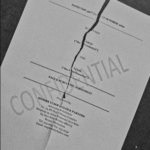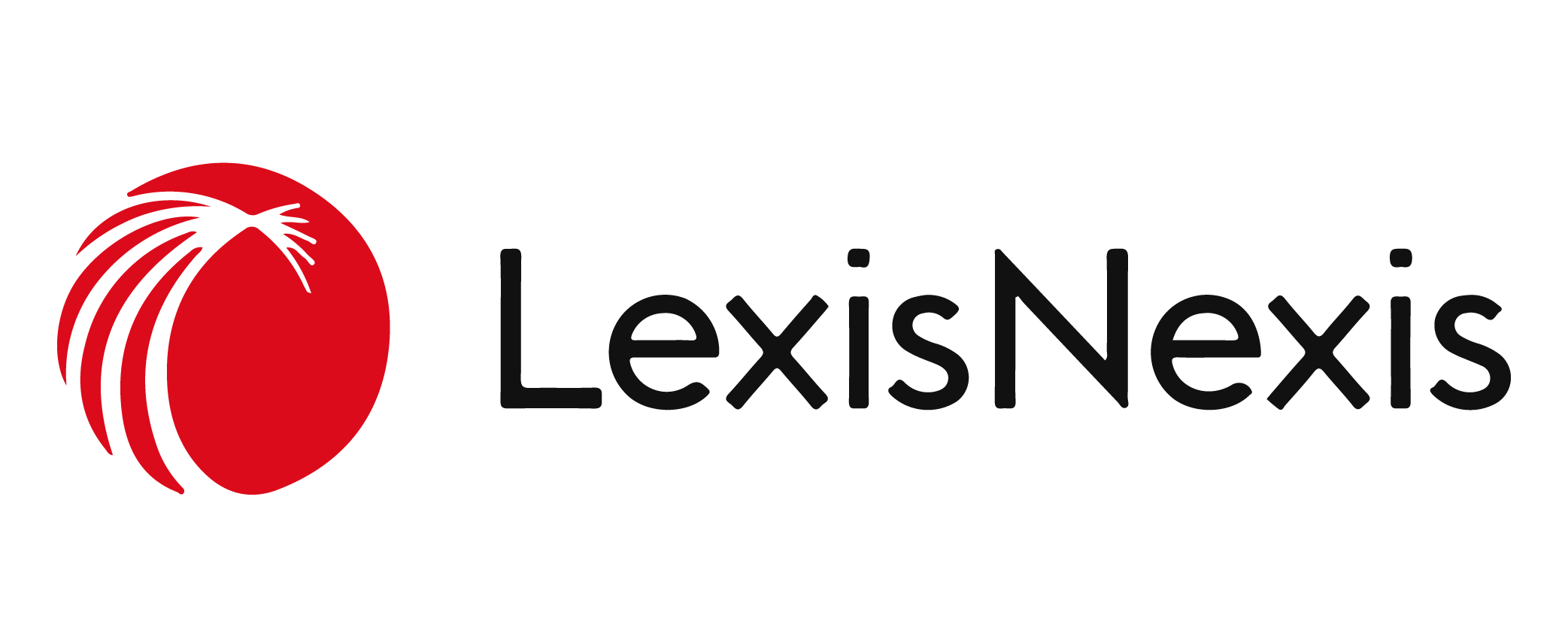INTRODUCTION
There are numerous companies in Brunei Darussalam which are affected by the ongoing COVID-19 pandemic through many factors such as reduced business due to movement restrictions to goods and persons as well as increasing overhead costs with no corresponding income to address such costs. One or a combination of the factors induced by the pandemic would directly affect a company’s balance sheet or its ability to pay off its creditors when due thus causing such company to slip into insolvency.
A company that is unable to pay its creditors when due and has inadequate assets to pay its debt would be considered technically insolvent. In such situations, the board of directors of a company would have to place the interest of creditors as the company’s main consideration.
Traditionally , insolvent companies are usually subjected to compulsory liquidation. However, Brunei Darussalam has introduced alternative corporate rescue mechanism by way of the Insolvency Order, 2016. Instead of just winding up, there exist now several corporate restructuring and rescue methods for companies to undergo. We shall discuss two specific corporate rescue mechanisms which are Corporate Voluntary Arrangement (CVA) and Judicial Management (JM).

CORPORATE VOLUNTARY ARRANGEMENT (CVA)
CVA enables distressed companies to have an arrangement with its creditors. Directors of the company may propose a CVA which is supervised by a nominee who is a qualified insolvency practitioner.
Proposals for CVA include a composition in satisfaction of the company’ s debts; restructuring of debts and agreement with creditors on maintaining payments; reorganising the company for better decision-making; or any other acts necessary for rehabilitation of the company.
A useful feature of a CVA is that a company undergoing the CVA shall be protected by way of a moratorium against further insolvency actions by creditors. The effect of a moratorium includes protection for the company against winding-up petitions, appointment of receivers, enforcement of securities or judicial management applications.
Upon approval of the CVA, all creditors of the company are bound by such arrangement. A usual CVA would involve funds distribution to the creditors within an agr eed time stipulation. A CVA may also determine future acts to be performed by the company in its business.
JUDICIAL MANAGEMENT (JM)
Some companies may not necessarily fulfil the requirements of a CVA or be in a position to apply CVA effectively. Such companies may then consider other corporate rescue mechanisms such a JM which involves the appointment of a Judicial Manager to manage the company in place of the company’s board of directors who would no longer control the company in the duration of the JM.
The company or its directors may apply for a JM; and even a creditor may also apply for the debtor company to be placed under a JM. Such application must be made to the court which shall evaluate the applicability of a JM on the company before granting any approval unlike a CVA where the court’s role is just as a filing platform.
The court has to consider several factors before granting a JM which may last up to 180 days. In granting a JM, the court must be satisfied that the company is or will be unable to pay its debt and that the JM would be likely to achieve one or more of the purposes of the JM as listed in the Insolvency Order 2016. The court may also have to hear oppositions to the JM by other parties such as a secured creditor of the company whose interests may not align with unsecured creditors.
Upon obtaining a JM, there shall be a similar moratorium as that of a CVA throughout the period of the JM whereby the Judicial Manager is given breathing space to navigate the company without winding-up challenges from the company’s creditors amongst others. In the course of the JM, the Judicial Manager has to produce a statement of the company’s affairs and make a proposal for acceptance at a meeting of the company’s creditors with the requisite majority as stated in the Insolvency Order 2016. Upon approval by the creditors, the entire body of creditors shall be bound by the proposal terms set out by the JM.
CONCLUSION
The CVA and JM are not solely corporate rescue tools for companies. Creditors should also be mindful of the availability of these mechanisms which may produce greater recovery of debt fr om the debtor companies than merely through a winding up process. Truly, the traditional debt collection pr actice of liquidating a company for debt recovery may no longer be the only solution to corporate insolvency.
Synergistically, allowing a debtor company to continue its business under a CVA or a JM may serve the purposes of both creditors and the debtor company such that their relationship may overcome and outlast periods of insolvency caused by events such as the C O VID-19 pandemic.
For more information, kindly contact us at Yusof Halim & Partners.
*The contents of this newsletter are intended to convey general information only and not to provide legal advice or opinion*







